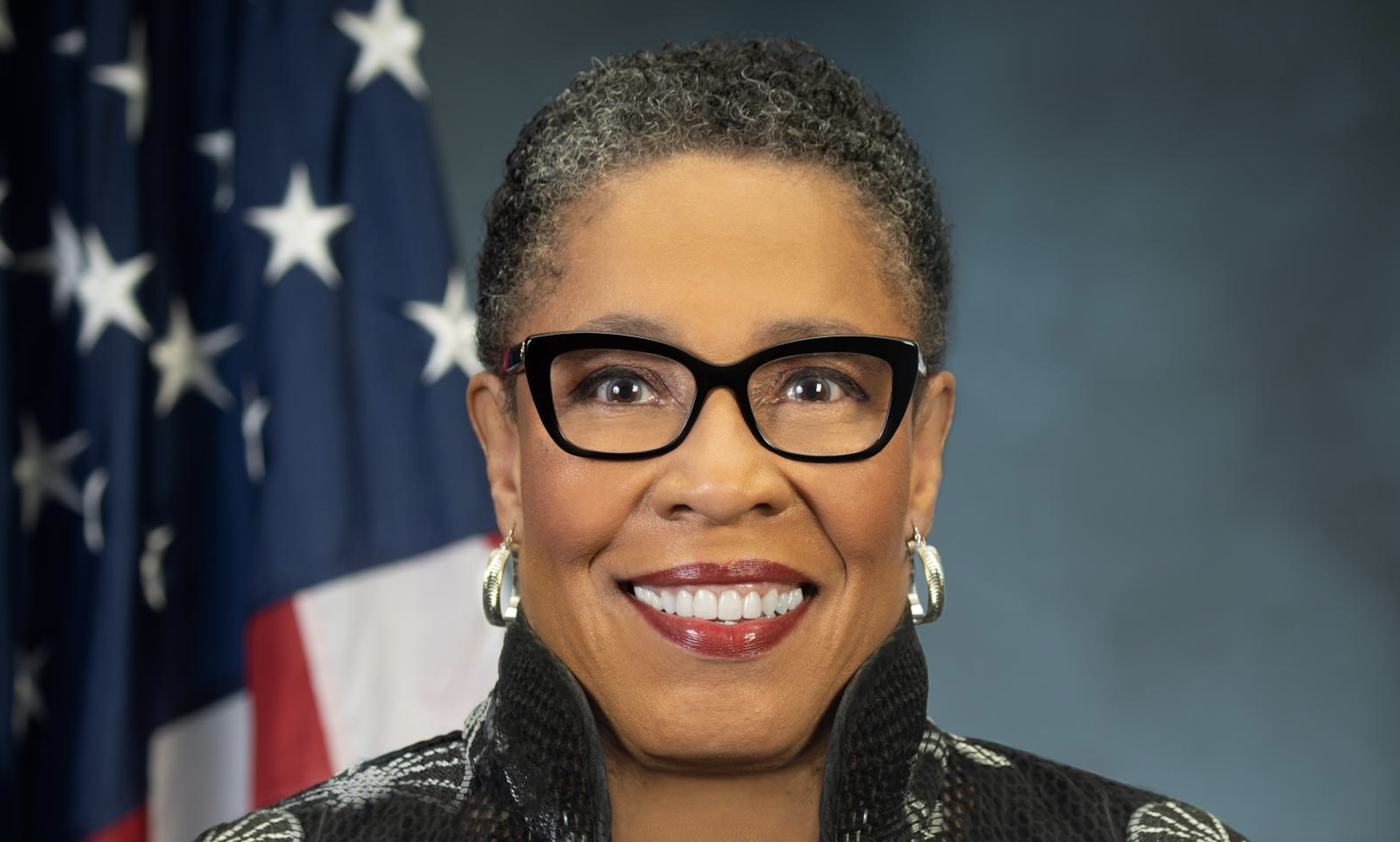Before you determine whether you can afford a pension plan for yourself and your employees, it’s important to understand the types of plans available and the attributes of each. Especially important is selecting a plan that benefits you, the company owner, who probably will have the largest account and probably will have an account for the longest duration.
The best advice when considering a pension plan: Speak to your accountant or financial adviser. Provide him or her with information about your company and its employees, including their ages, salaries and tenure with the company. Don’t forget to review your company’s cash flow to determine whether you have sufficient capital to fund a pension plan on an ongoing basis, not just in its initial year.
SIMPLE IRA: A SIMPLE (savings incentive match plan for employees) is an individual retirement account for small businesses. It can be funded through employee salary deferrals with an employer match, or a flat-rate contribution by the employer. Once an employer establishes a SIMPLE IRA, each employee establishes his or her account to hold individual payroll deductions as well as employer contributions. For 2002, eligible employees can contribute up to $7,000, with individuals 50 or older allowed an additional $500 catch-up contribution.
Employers make annual contributions by matching employee salary deferrals or contributing a mandatory minimum. For contribution matching, employers must match up to 3% of employee contributions dollar for dollar, though that can be reduced in any two of five consecutive years. For nonelective contributions, employers must contribute 2% of each employee’s compensation, with an annual limit of $4,000.
SIMPLE IRAs are easy to set up and administer, with minimal paperwork and reporting. All employee deferrals and employer contributions grow tax-deferred until withdrawn by the employee from the account.
SEP: A SEP (simplified employee pension) can be used for self-employed individuals or business owners, including owners of C, S and limited liability corporations, partnerships and independent contractors. The plan is funded with only employer contributions, which are discretionary each year. The maximum contribution is $40,000.
SEPs are relatively easy to set up and maintain. All employees are vested in all employer contributions from the time they start in the plan, regardless of whether they stay with the company. As with most other plans to which the employer contributes, the employer and all qualifying employees must receive contributions based on the same percentage of pay. (There are exceptions. Some plans allow for integration of benefits or enhanced contributions to highly compensated employees. These more complicated features are more costly to administer on an annual basis but might yield larger pensions to the employer in the future.)
Keogh: Qualified retirement plans, or Keoghs, allow for larger contributions than SIMPLEs or SEPs, making them ideal for a company with few employees and an owner with a high, stable income. Self-employed individuals and owners of C, S and limited liability corporations and partnerships are eligible for Keogh plans. Entirely employer-funded, these plans require more paperwork than SIMPLEs and SEPs, but contributions are allowed to 100% of income or up to $40,000 in 2002. The plan also allows for Social Security integration, which allows for even larger contributions to highly compensated employees.
Profit-sharing plans are a component of Keoghs. With the change in retirement plan laws in 2001, profit-sharing plans are typically the most logical Keogh plan to choose. Formerly, employers could choose between profit-sharing plans, money purchase plans or plans that combined the two. But the change in contribution limits now allows for the same contribution for profit-sharing plans as with paired plans, but with more flexibility on the part of the employer. For example, contributions may not be required in a year when cash flow in the company is limited.
401(k): A company that already offers a pension plan can supplement it by offering employees the ability to make tax-deferred contributions into a 401(k) plan. This type of plan offers maximum flexibility to employees, as they have a choice in terms of their individual contribution, yet does not require the employer to make a matching contribution. (Plan flexibility even extends to allowing employees to withdraw their tax-deferred contributions before age 591/2 because of certain hardships.)
The maximum employee contribution in 2002 is $11,000, with an additional $1,000 catch-up contribution for employees 50 or older. While employers are not required to contribute to a company-sponsored 401(k) plan, they are obliged to fund setup and annual administration expenses.
Defined benefit: A defined benefit plan guarantees a specific benefit to an employee upon retirement. Rather than having the employee manage a personal retirement account, the employer sets aside funds annually to ensure that pension obligations are ultimately met. For older, highly compensated employees, a defined benefit plan typically allows the maximum amount of tax-deferred retirement saving.
Regardless of the advantages that might be offered to employers who highly compensate themselves, there are substantial costs to these types of plans. An employer not only must fund this plan annually regardless of company profitability, but also assumes investment risks. Thus, if the pension plan has a shortfall because pension funds were invested in instruments that lost money, the employer must invest additional funds to cover the deficit. For smaller companies, the required annual costs, plan expenses and market uncertainties make a defined benefit plan risky.
Related Stories
Custom Builder
HUD Secretary Marcia Fudge Announces Forthcoming Resignation
U.S. Department of Housing and Urban Development Secretary Marcia Fudge has said that she intends to leave office later this month
Custom Builder
Floodproof on a Floodplain
An impressive addition to the IDEA Home series, the NEWLOOK Experience Home is a master class in engineering and creative design, with builder Michael Freiburger out-thinking an exceptionally tricky lot
Custom Builder
Why Start a Custom Building Business?
In this Taking Care of Business segment, expert coach and trainer Scott Beebe joins our host Duane Johns to talk about where custom builders could be getting off on the wrong foot
Custom Builder
3 Questions Answered About Reliable Energy in Home Construction
Energy expert Bryan Cordill makes a case for why and how propane is an answer to growing concerns about reliability and resilience in home construction
Business
Custom Builder to Talk Color Design with Becki Owens at IBS
At this year's IBS, renowned designer Becki Owens will sit down with host James McClister, editor of Custom Builder, to discuss a variety of topics from basic color play in design to the Allura Spectrum palette, a collection of Sherwin-Williams colors curated for the benefit of pros
Business
PERC Highlights Sustainability and Efficiency at IBS with 'Clean Build Conversations'
Hear from industry standouts Matt Blashaw and Anthony Carrino at this hour-long Show Village event
Business
The Five Foundational Cornerstones
Business coach Scott Beebe shares insights into the often ignored business basics that could be the difference between long-term success and failure
Custom Builder
Start With the Why: Fundamentals of the Custom Builder Business
In our inaugural episode of Taking Care of Business, host and custom builder Duane Johns sits down with Scott Beebe, head coach and founder of My Business on Purpose, to talk vision, purpose, mission, values, and more
Business
Why AI Is Now Key to Our Trade Partner Strategy
Thompson Custom Homes Business Manager Erin Day explains how AI became a crucial part of building and maintaining successful trade partner relationships
Business
Thriving in 2024: Tips for Succeeding in an Uncertain Environment
Author and sales expert Mark Richardson shares his insights on the industry and how to rethink your approach to success in the new year












